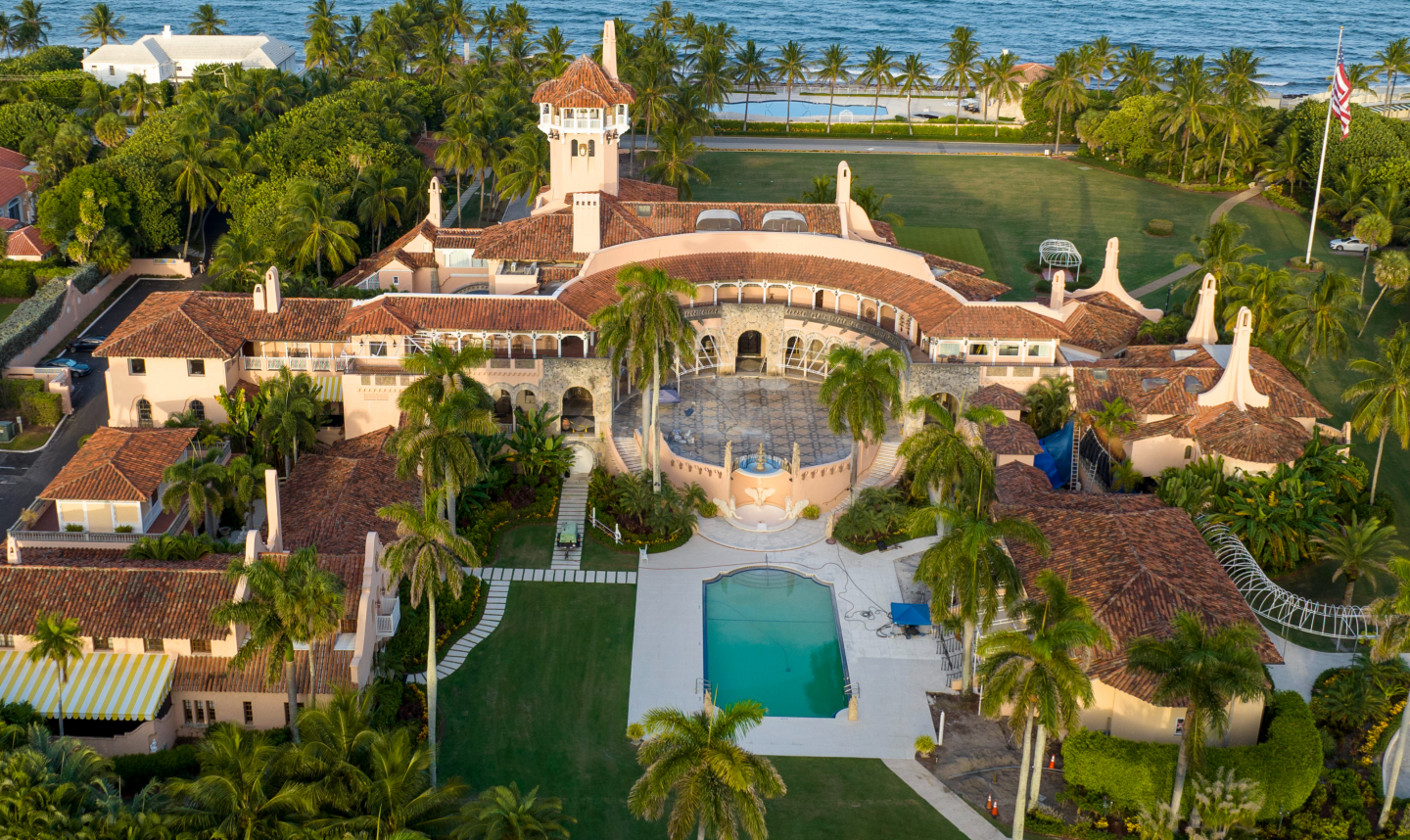Can the president declassify documents?
THE SOURCES
THE ANSWER
Yes, the president can declassify documents while in office, but there isn’t a set protocol they have to follow.
WHAT WE FOUND
The U.S. classification system
has three levels: top secret, secret and confidential.
“That is based on the level of damage that its release would cause to the national security of the United States,” Kel McClanahan, executive director of the National Security Counselors, said. “When you classify a document, that means that only people with a security clearance equal to the classification or higher can read it.”
A sitting U.S. president has wide-ranging authority to classify and declassify certain documents, but former presidents do not have authority over classification and declassification.
Current presidents can classify documents as long as they can “make a plausible argument that it is related to national security.” On the other hand, the president “doesn’t have to give any reason for declassifying” information, according to McClanahan.
“He can just say, ‘I decide that this should be declassified,’ and it’s declassified,” McClanahan said.
A 2009 executive order directs the head of a government agency that originally deemed information classified to oversee its declassification, and sets some rules for that process. But those protocols outlined in the executive order don’t apply to the president, McClanahan said.
However, presidents generally follow an informal protocol when declassifying documents, Richard Immerman, a historian and professor at Temple University, told VERIFY.
First, the president will consult all departments and agencies that have an interest in a classified document. Those departments or agencies then provide their assessment as to whether the document should stay classified for national security reasons. If there is a dispute among the agencies, they debate, but the president ultimately makes the decision on declassification, Immerman explained.
When documents are declassified, they are reviewed line-by-line. In many cases, certain words, sentences and paragraphs remain redacted, even if the document is declassified, Immerman said.
The Supreme Court determined in its
1988 decision on Department of the Navy v. Egan that the president’s power over classified information comes from executive authority granted by
Article II, Section 2 of the U.S. Constitution, which says, in part, that the “President shall be Commander in Chief of the Army and Navy of the United States.”
“His authority to classify and control access to information bearing on national security and to determine whether an individual is sufficiently trustworthy to occupy a position in the Executive Branch that will give that person access to such information flows primarily from this constitutional investment of power in the President, and exists quite apart from any explicit congressional grant,” the Supreme Court decision reads.
Though there aren’t specific protocols that the president must follow to declassify a document, federal courts have ruled that they will “refuse to recognize what they consider to be an inference of declassification,” McClanahan said.
The U.S. Second Circuit Court of Appeals
wrote in a 2020 decision about whether statements made by then-President Trump declassified the existence of a CIA program that “declassification, even by the president, must follow established procedures.”
If a document is declassified, that doesn’t automatically mean it can be shared widely, either. For example, nuclear information – which is generally classified – is also protected by the federal Atomic Energy Act of 1954, McClanahan explained.
The Washington Post reported the FBI searched Mar-a-Lago for “nuclear documents,” among other classified information.
“Because [nuclear information] has this dual protection, even if you declassify a nuclear document, you cannot disseminate it because it’s still what’s called Restricted Data,” McClanahan said.
“So to the extent that he [Trump] had any nuclear information in there, declassification would not help him in the slightest, because he would still be disseminating restricted data or moving Restricted Data,” he added.
There are other federal laws in place that bar a president from taking government records, whether they are classified or declassified. Still, breaking those laws – or most other laws – doesn’t automatically disqualify someone from becoming president, because of the simple presidential qualifications that are outlined in the U.S. Constitution.

www.verifythis.com




